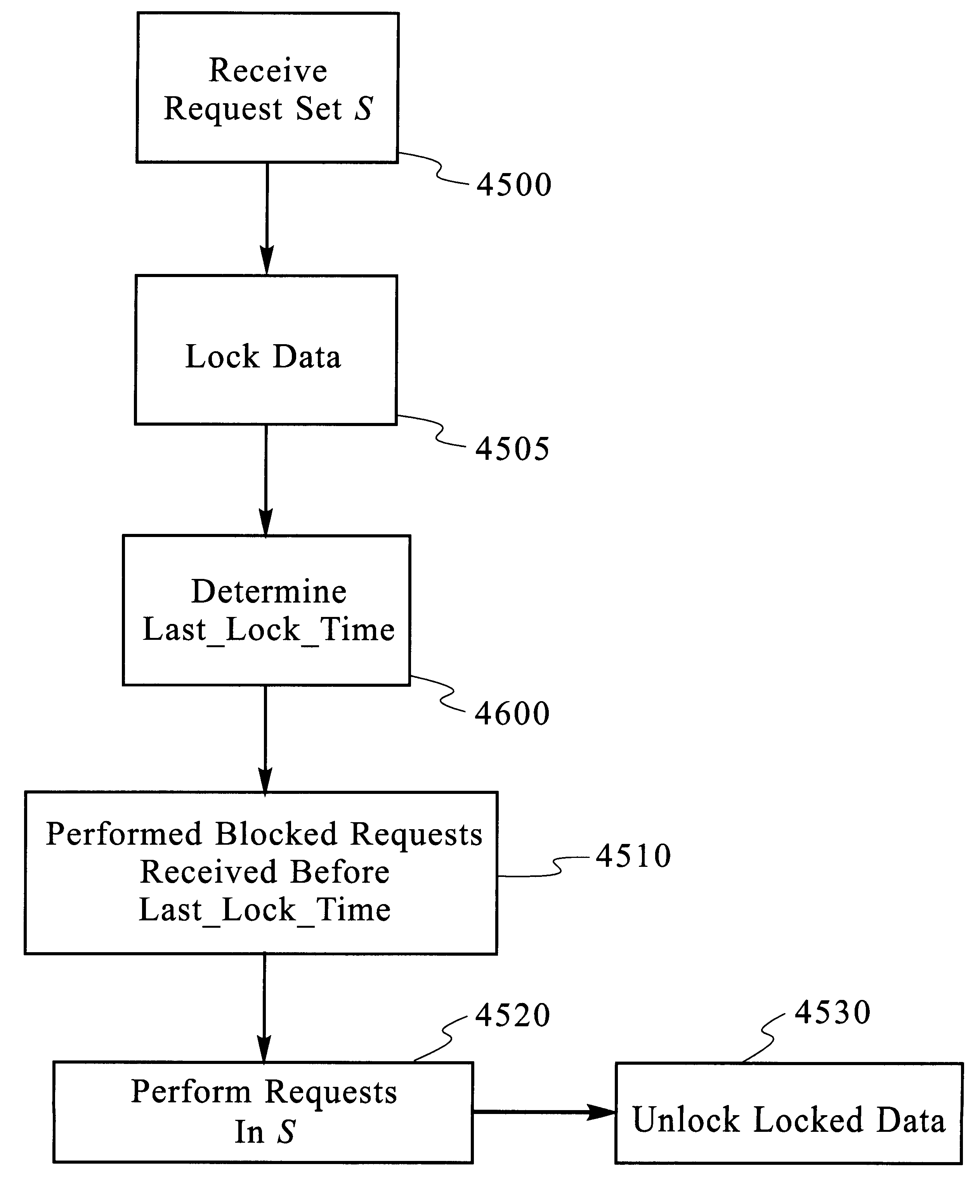Scaleable method for maintaining and making consistent updates to caches
a cache and cache technology, applied in the field of data processing systems, can solve the problems of generating objects in the absence of caching, regenerating pages, and complex objects that can be expensive and time-consuming to crea
- Summary
- Abstract
- Description
- Claims
- Application Information
AI Technical Summary
Benefits of technology
Problems solved by technology
Method used
Image
Examples
Embodiment Construction
of a Scaleable Method for Maintaining and Consistently Updating Caches
This embodiment of the present invention is designed to function on a collection of one or more physical (computer) systems connected by a network. There may be more than one instance of the present invention residing in this collection of systems. Although dictionary are also implied, the following definitions are provided for guidance to distinguish among multiple instances of the present invention.
Object Sources. Object Sources include one or more products such as are sold by IBM under the trademark DB2 and by Lotus under the trademarks LOTUS NOTES and DOMINO Server, or Other Sources 3030 including data or objects from which more complex objects (such as HTML pages) are built.
Trigger. Any means which can be used to cause actions to occur automatically in response to modification in the data. A trigger is a standard feature of many standard Object Sources such as are sold by IBM under the trademark DB2 and by Lo...
PUM
 Login to View More
Login to View More Abstract
Description
Claims
Application Information
 Login to View More
Login to View More - R&D
- Intellectual Property
- Life Sciences
- Materials
- Tech Scout
- Unparalleled Data Quality
- Higher Quality Content
- 60% Fewer Hallucinations
Browse by: Latest US Patents, China's latest patents, Technical Efficacy Thesaurus, Application Domain, Technology Topic, Popular Technical Reports.
© 2025 PatSnap. All rights reserved.Legal|Privacy policy|Modern Slavery Act Transparency Statement|Sitemap|About US| Contact US: help@patsnap.com



